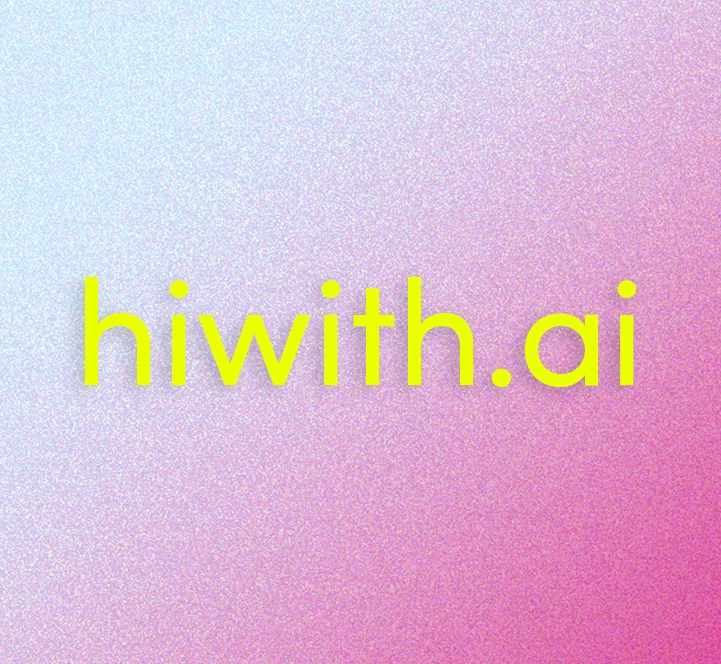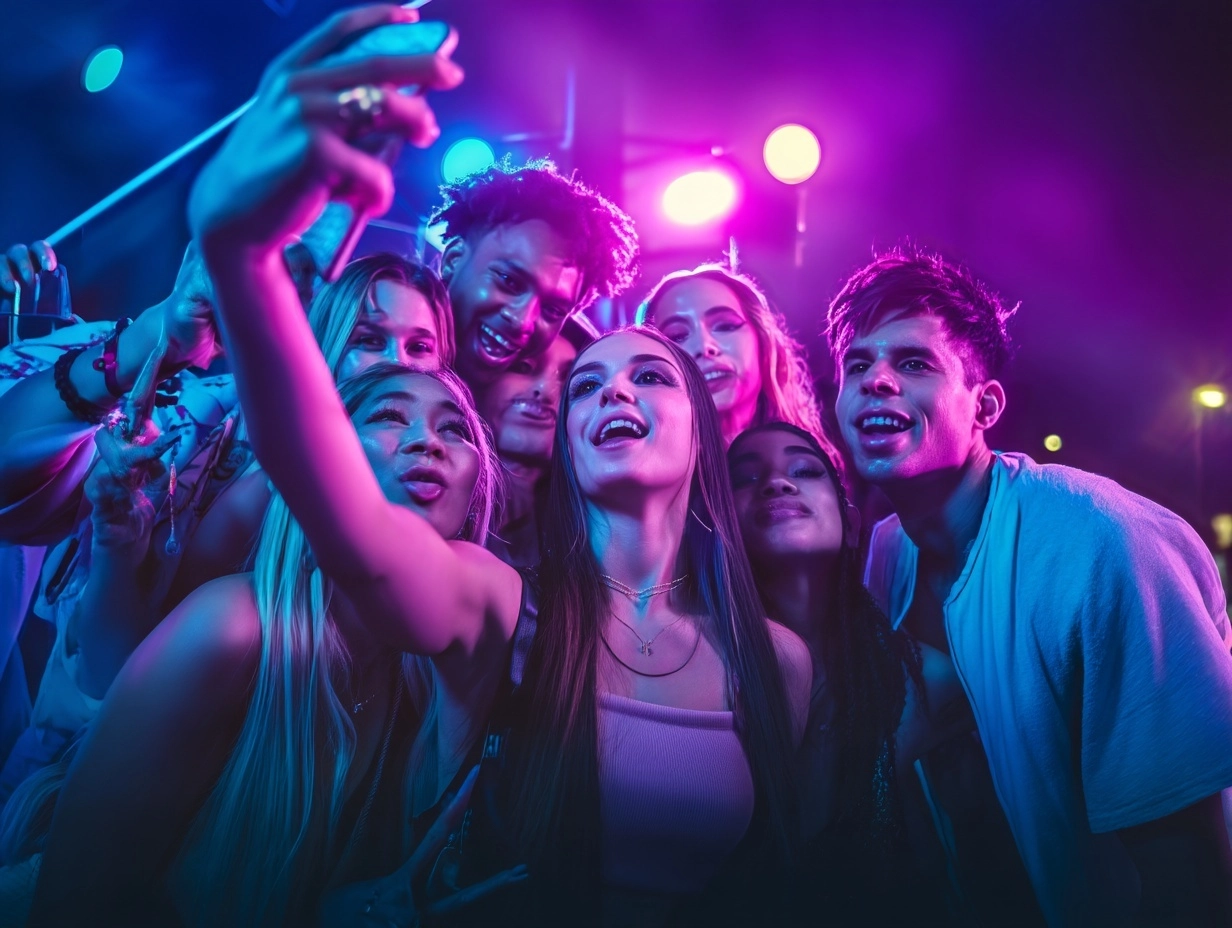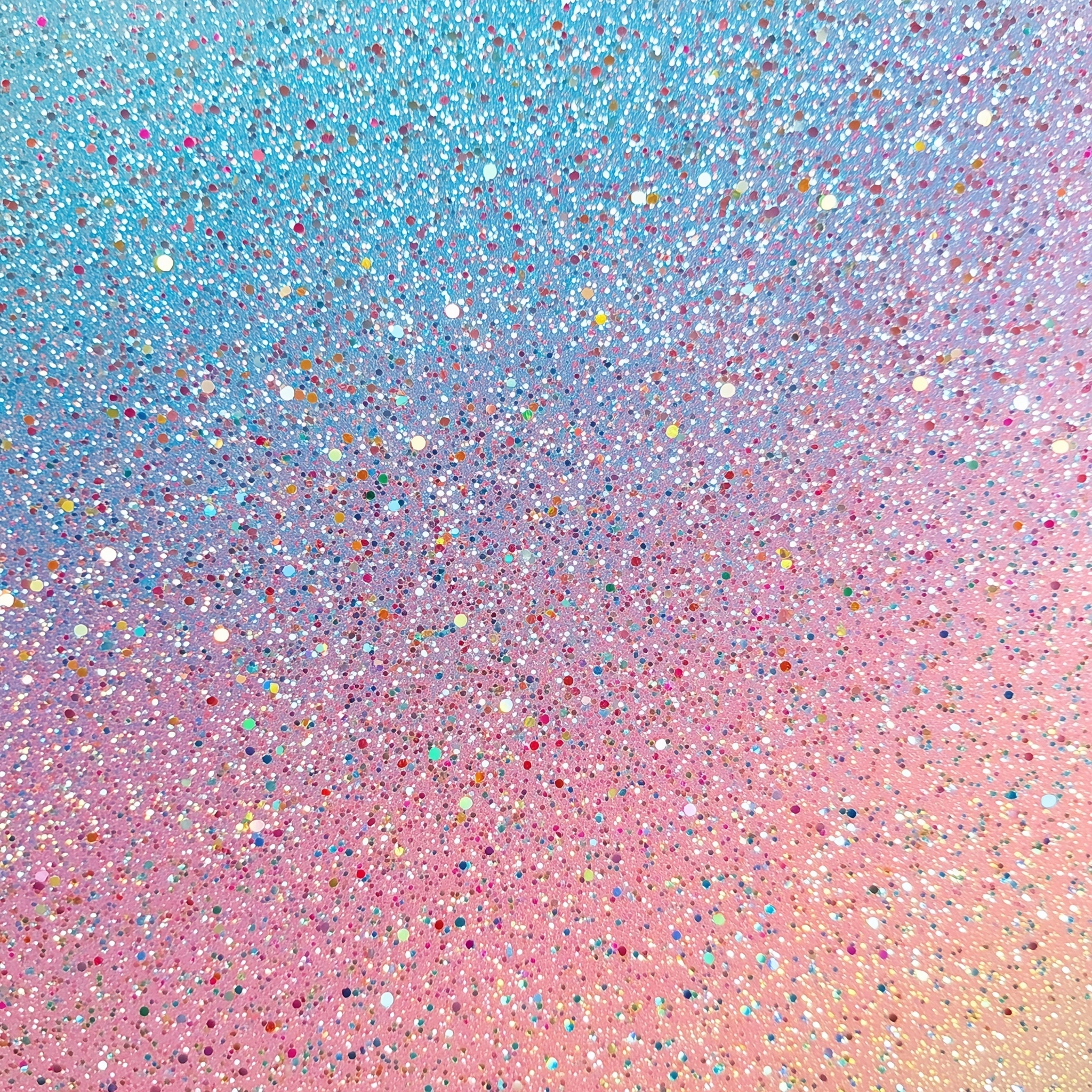Let’s be honest: Gen Z didn’t invent memes, but they perfected the art of communicating with memes. They’ve taken digital culture, layered irony, and emotional shorthand, then perfected it into something that can say more in less. Now, imagine pairing that meme energy with AI — and putting it into a “card” format: snippets, prompts, conversation starters. That’s where AI Cards with Meme Energy live.
In this post, we’ll explore:
What these AI cards are
Why they resonate so well with Gen Z
Use cases and ideas
Tips to design your own meme-infused AI cards
Risks, challenges, and future directions
What are AI Cards with Meme Energy?
“Cards” here are bite-sized units: could be prompts, image + text combos, conversation starters, micro-games, or suggestion modules. The AI part means they adapt, learn, or generate content. The meme energy means they’re irreverent, humorous, shorthand, playful, referential, emotionally efficient.
So an “AI meme card” might:
Generate a meme-style prompt (“Your reaction to Monday when your phone battery’s 2%”)
Suggest conversation starters or DM openers (“Hot take: pineapple on pizza is nonnegotiable — respond”)
Produce image + text mashups
Be personalized / adaptive based on who’s using it
Why this resonates with Gen Z
Speed & brevity
Gen Z skims content, communicates in snaps, tweets, memes. A long essay or full lecture? No thanks. They want quick, emotive stimuli.Emotional shorthand & shared references
Memes carry emotional load. A single meme can evoke joy, irony, sarcasm, frustration, solidarity. Gen Z “gets it” through cultural shorthand.Participatory culture
They don’t just consume — they remix, respond, co-create. An AI card that can be remixed or personalized fits that ethos.Anxiety & distance in communication
For many, real conversations feel daunting. A card that gives you a nudge (in memespeak) lowers friction.Adaptive & generative content
Rather than static templates, AI can tailor, evolve, surprise — keeping novelty high.
Use Cases & Examples
Scenario | Card Type / Example | Why It Works |
|---|---|---|
Icebreakers at virtual events or parties | “Tell me your worst 2025 prediction (no cap)” | Memes + AI assistance = less awkward silence |
Social media captions / content ideas | “Caption this wild cat pic: (AI gives 3 meme ideas)” | Helps creators with writer’s block |
Chat / messaging assistant | “I’m not talking until someone says ‘avocado toast’ first” as a greeting | Unconventional but playful openers |
Mental wellness check-ins | “On a scale of 1 to ‘I’ve cried over a meme,’ how are you?” | Light but meaningful check |
Learning tools / education | “Explain string theory in 5 memes” | Teaching via humor |
Examples (hypothetical):
A card that shows a blank meme template + text prompt, and AI suggests 3 witty captions.
A “duet card” where the user’s message is combined with a meme or reaction.
A “mood card” that infers mood from short input and returns meme + advice.
How to design your own meme-infused AI cards
Here are practical steps and tips:
Know your meme lexicon
Study meme formats, recurring templates, popular formats on TikTok, Twitter, Reddit, etc.Define the emotional goal
What do you want to evoke? Humor, curiosity, vulnerability, defiance?Make prompts modular
Split the card into parts: prompt + context + twist.Build in personalization / branching
Let users pick tone (sarcastic, wholesome) or feed in input so AI tailors the output.Limit length & complexity
Keep it tweet-sized or smaller. Memes live in constraints.Test with your audience
Meme sensibilities shift. What’s funny today is stale tomorrow.Guard rails & content filters
Because meme culture skates close to edgy, you’ll need moderation and safety filters.
Challenges & Risks
Cultural mismatch / memes that don’t land
If your meme reference is too niche or outdated, it might flop or feel cringey.Offense & toxicity
Meme culture sometimes flirts with dark humor, sarcasm, or harmful tropes. AI must be tuned to avoid crossing lines.Overfitting / stale content
If the AI reuses same formats too much, it gets repetitive.Privacy & data concerns
If users input personal feelings or data, handling that responsibly is key.Platform & attention shifts
Memes evolve fast. What’s viral this week might vanish next week.
The Future Looks Meme-y
Multimodal cards: combining image + audio + video + text memes
Real-time remixing: users can tweak, blend, evolve cards live
Community driven templates: crowd-sourced meme styles, decks, packs
Cross-app integration: embed meme cards in messaging, social media, AR filters
Mood / emotional intelligence layers: AI senses vibe, mood shifts, and adapts meme tone
Conclusion
“AI cards with meme energy” are more than gimmicks. They tap into the communication culture of Gen Z — quick, referential, remixable, emotionally efficient. They can humanize AI, lower social friction, and spark playful interactions. But they also require sensitivity, adaptability, and cultural awareness.
If you want help designing a set of AI meme cards, building prompts, or writing a companion toolkit, just say the word — hiwith.ai would love to help.





